Literary techniques
These are the most common literary tools. They are useful both when you need to analyze or interpret text and when you are creating your own text.

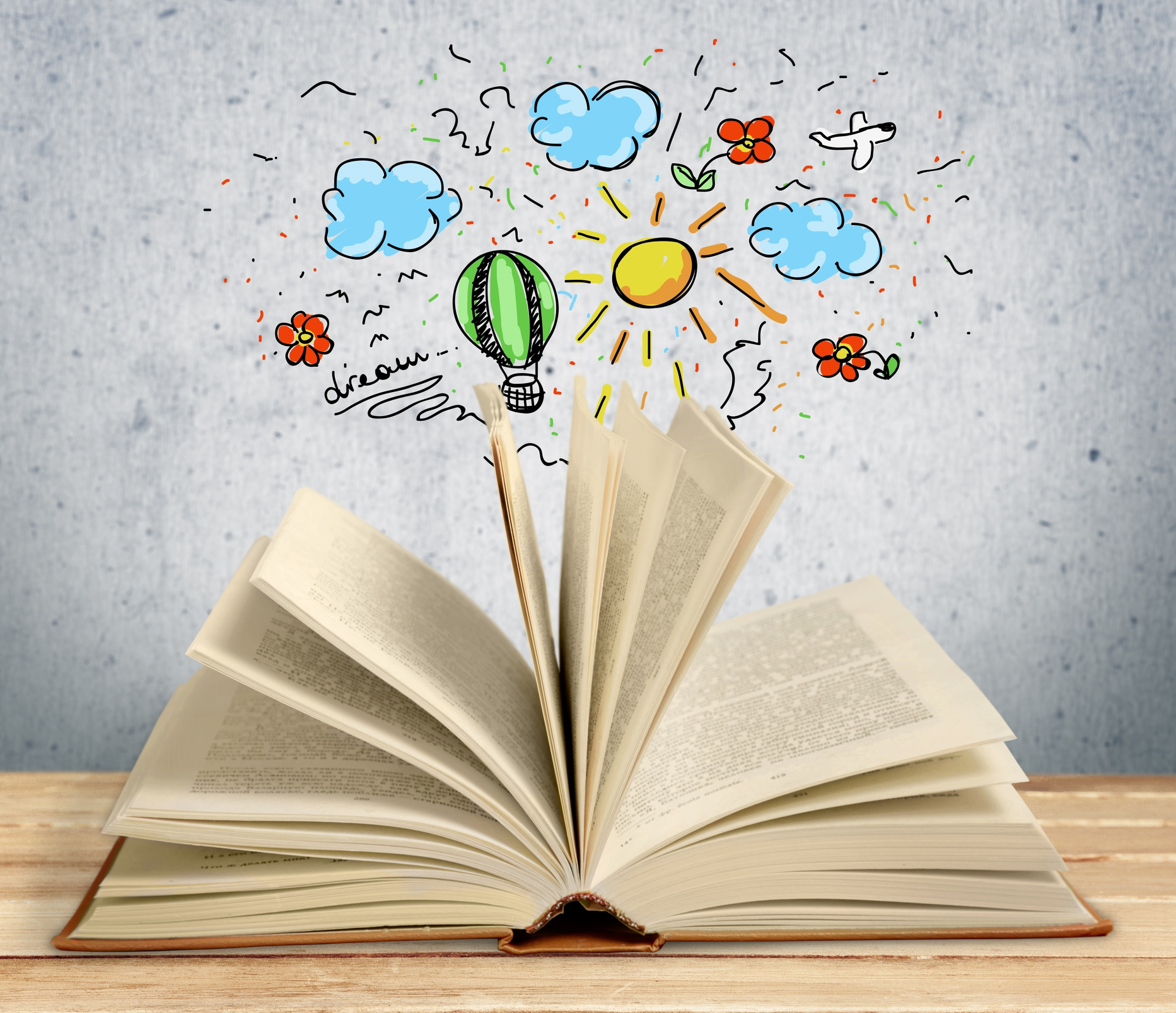
Literary techniques
To be a better writer, there are tools you can use. These tools will make your text better and more fun to write. You need to practice to develop, of course. Here you will find ten tools you can use to learn to write.
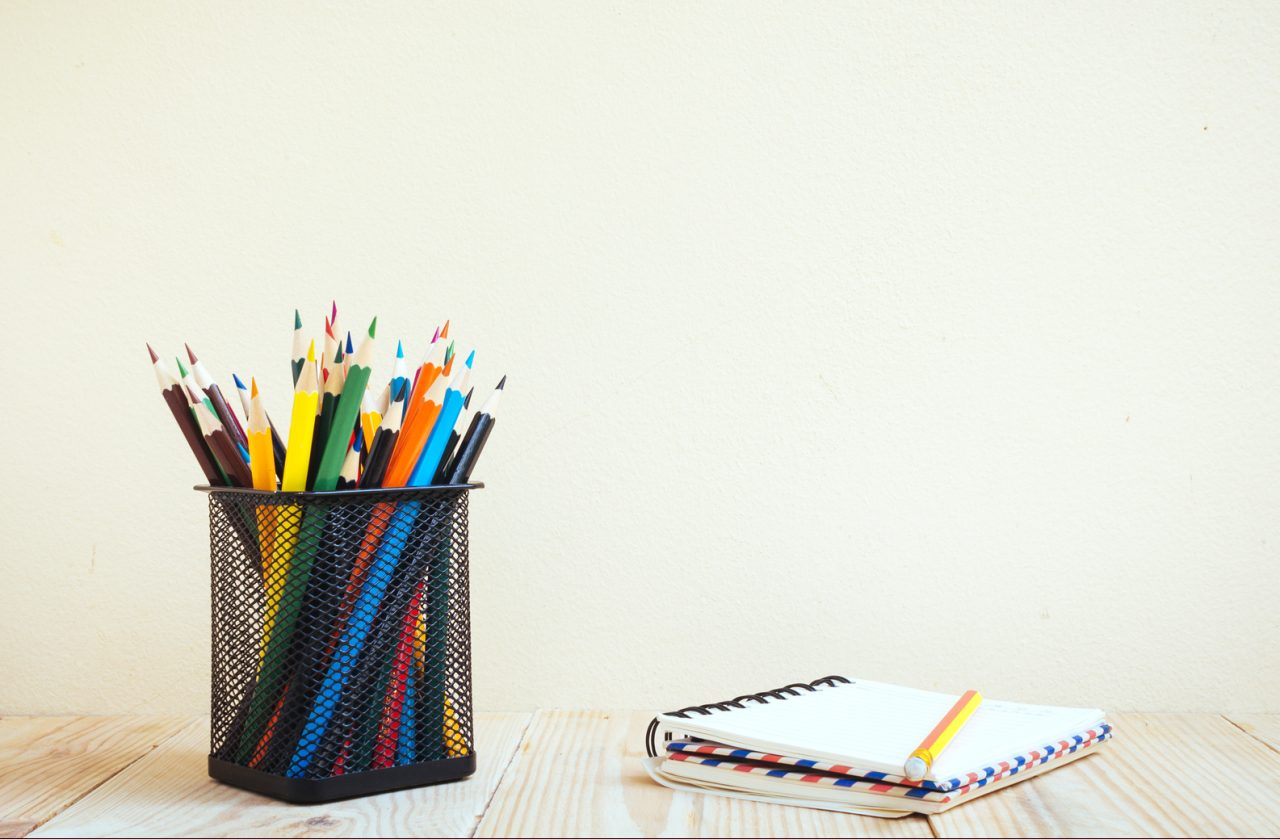
Fargeblyanter i en sort kopp, og en skriveblokk med en blyant liggende oppå.
1. Allusion
An allusion is when you make a short reference to a popular text. By this you add more meaning to your text. You may for example be writing a story about a girl with a red cloak as a hint to the fairy tale Little Red Riding Hood.
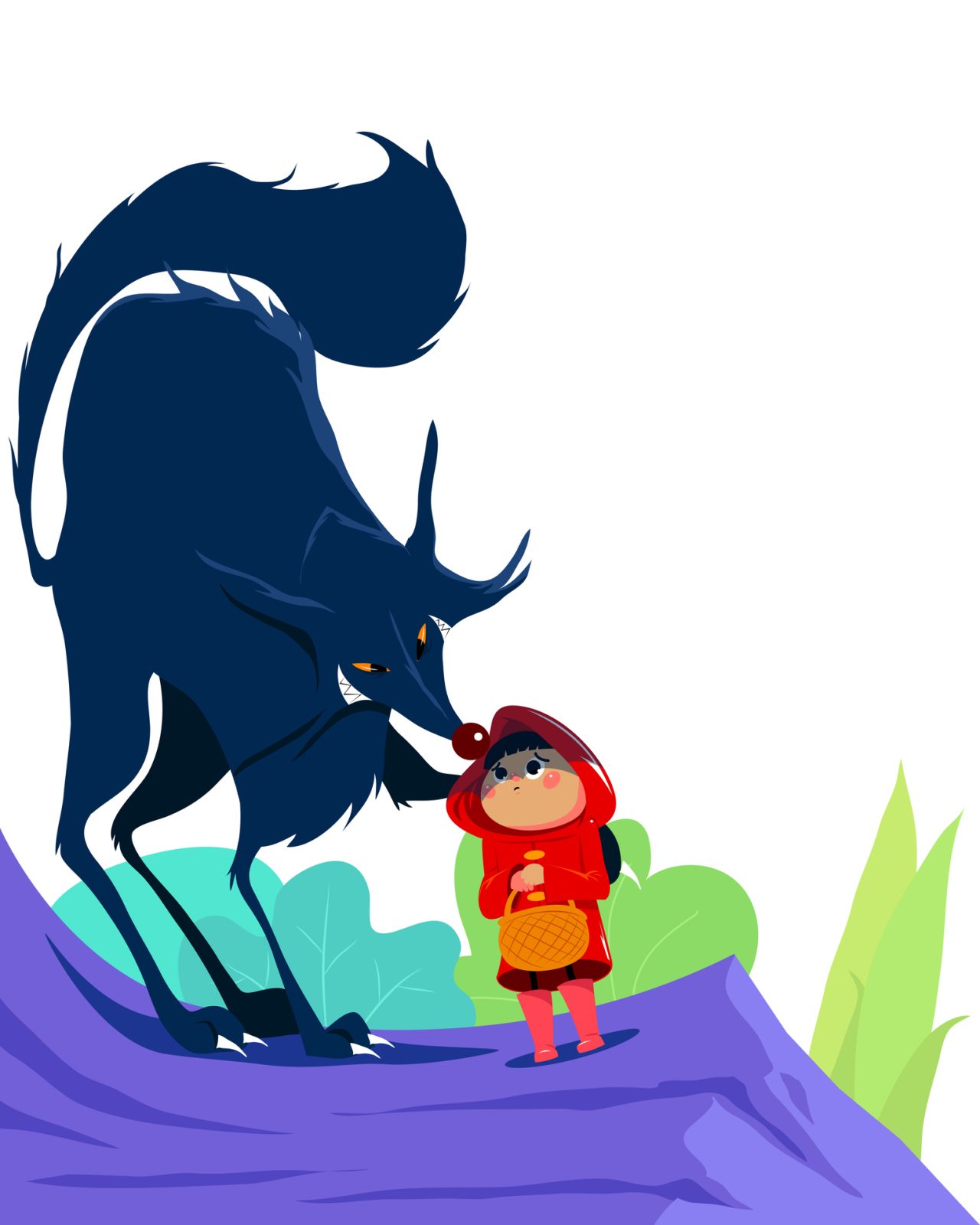
En stor mørk ulv og ei lita jente med røde klær og kurv.
2. Personification
Personification is when non-human things get human traits. It can be talking wolves or dancing trees. By using personification, you make the text come more alive.
3. Foreshadowing
Foreshadowing is when you give a hint of what is coming. It is often at the beginning of a story or a chapter. Some examples can be:
- It was the day I came to meet my great love.
- Little did we know that the matchbox would make us homeless.

Sort åpen fyrstikkeske med ubrente fyrstikker inni.
4. Repetition
Repetition is a tool that makes the reader remember important information. It can be a single word or sentence that is repeated. You often find this in poems, song lyrics and fairy tales.
Look up the words to a song you really like. Are words or sentences in the lyrics repeated?

Blank Word-bakgrunn
5. Irony
Irony is when someone says the opposite of what they mean. One example can be: “It was so great that it rained all vacation.” Or: “Things got even better when my phone ran out of power just as I was about to use it to pay for the bus.”

Blank Word-bakgrunn
6. Juxtapositions
Juxtaposition shows difference by placing things side by side to contrast them. In doing so you can make something stand out and become more obvious. Juxtaposition is important in written and verbal texts but also in art, design and music.
E.g.: “The white snowman had a worried expression in his black eyes of coal.”
“Napoleon’s white horse almost glowed in the dark and bloody chaos.”
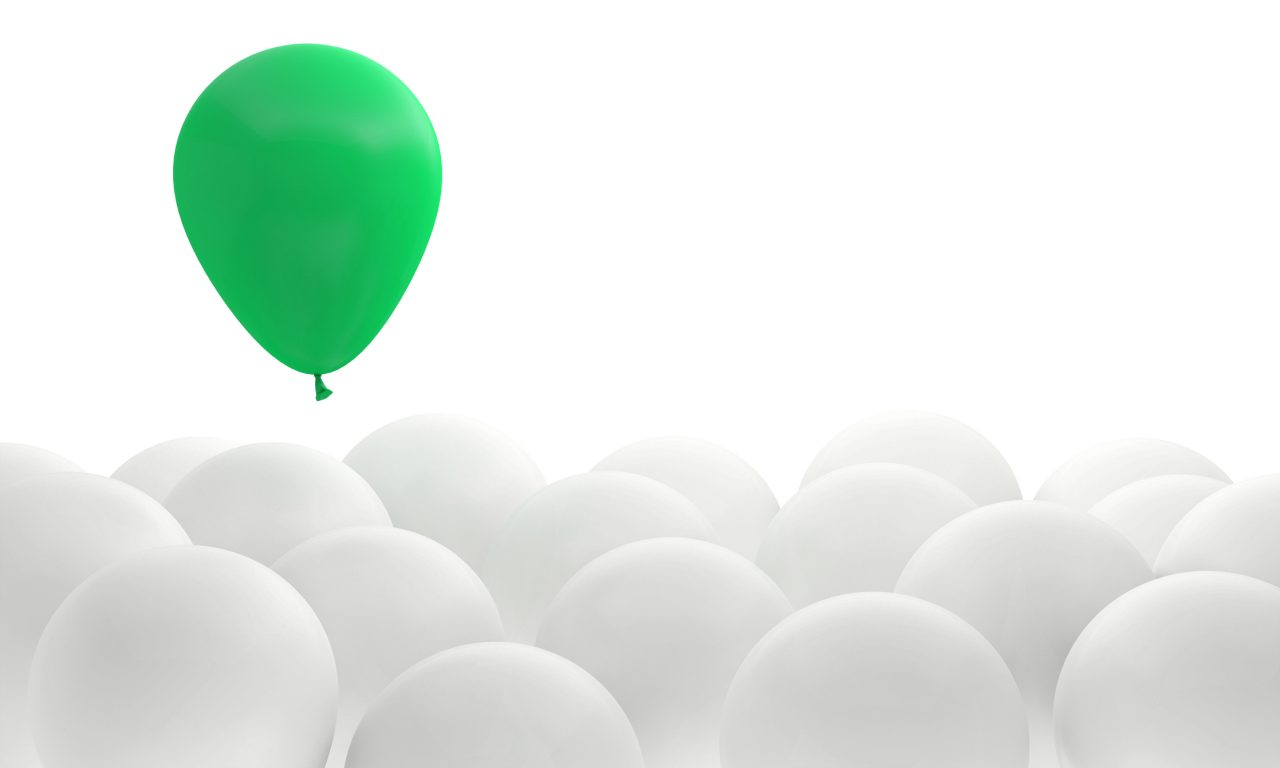
Grønn ballong svever over mange hvite ballonger.
7. Metaphors
In a metaphor, two things are compared to each other. It can be words, language expressions, or imagery. It means that you say or write something but mean something else.
Parts of the body are often used for images.
Examples include:
- His words cut deeper than a knife.
Words can not physically cut anyone, but they can hurt your feelings deeply. - I’m feeling blue.
None of us will actually turn the color blue when we are sad.

Blank Word-bakgrunn
8. Hyperbole
Hyperbole is when you overstate something. You do it when you really want to make a point.
This literary tool is very common in films, comics, ads, and newspaper headlines.
- It was the best ice cream in the world!
- This is the greatest thing I have ever experienced!
- I’m dying of hunger!
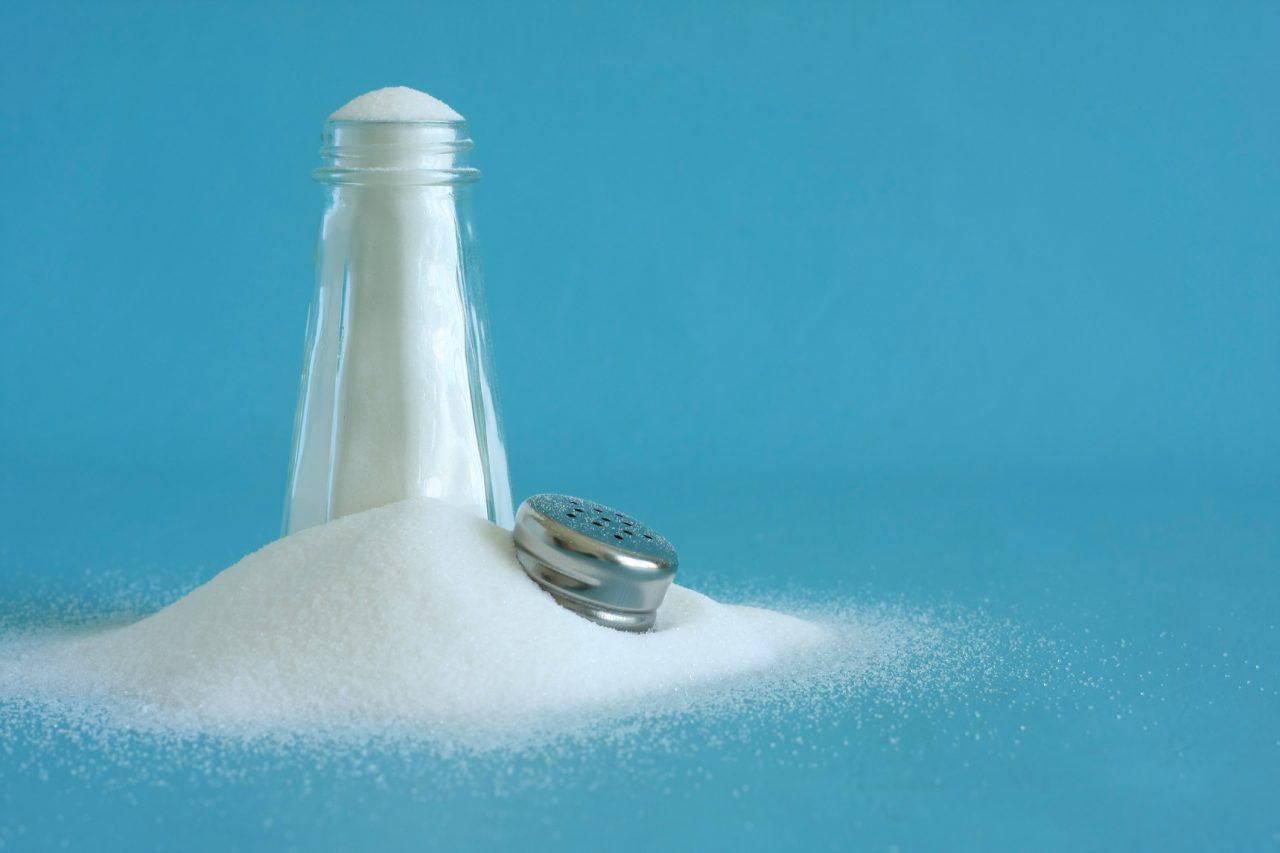
Full saltdrøsse der lokket ligger oppe saltet som ikke fikk plass inni.
9. Rhythm and rhyme
Rhythm and rhyme are often found in poems and music, but also in other texts. In music, for example, musicians must think of both the text and the melody for their work. Lyrics should be easy to remember, and the melody should match the lyrics.
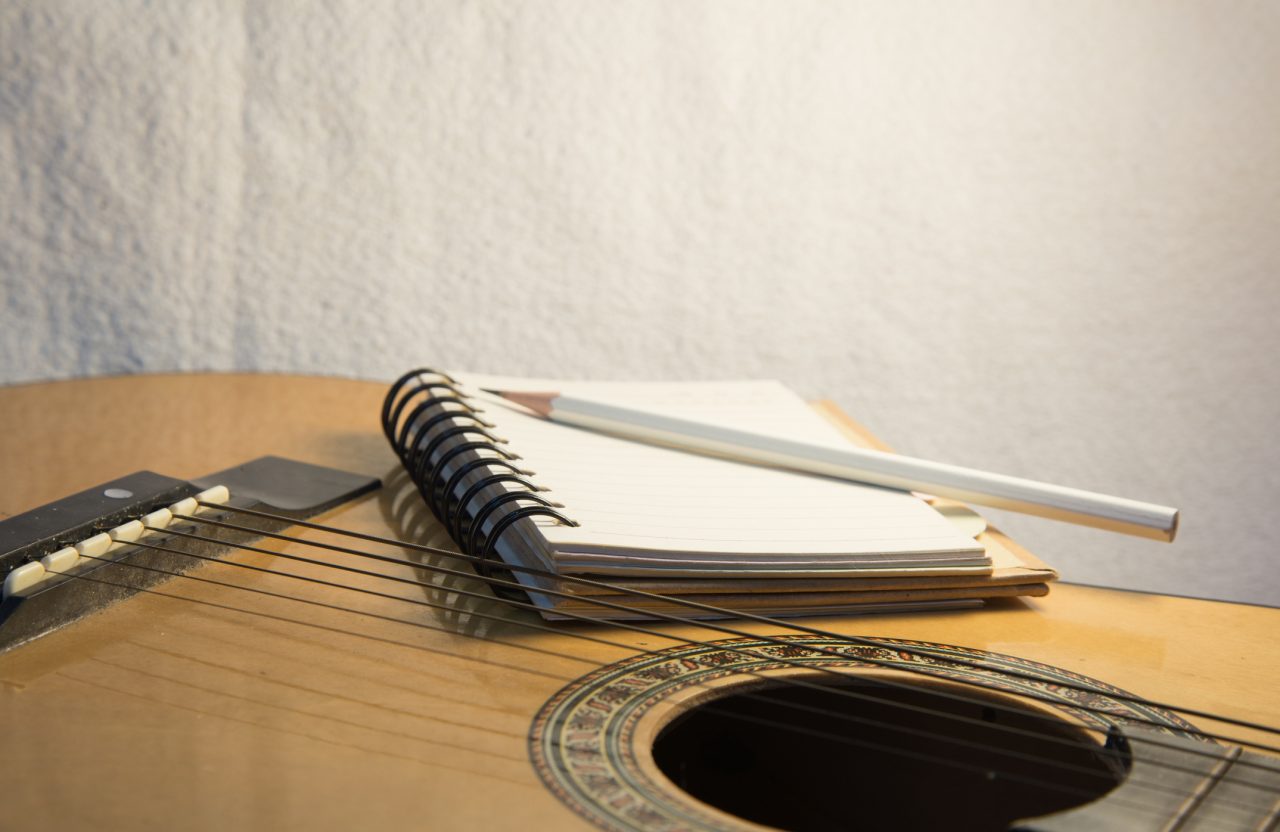
Blokk og blyant ligger oppå en brun kassegitar.
10. Simile
Similes can look like metaphors, but they have a different meaning. The difference is that the comparison depends on the words “like” or “as”. We can also use adjectives like “kinder than” etc.
- You are sweet as sugar
- I was hungry like a wolf
- She’s kinder than her little brother

Blank Word-bakgrunn
Sources:
- Norsksidene.no (12.11.21): Språklige virkemidler
https://norsksidene.no/web/PageND.aspx?id=99466
Media Rights:
-
-
Getty Images
-
Getty Images
-
Getty Images
-
Getty Images
-
Getty Images
-
Getty Images
-
Getty Images
-
Getty Images
-
Getty Images
-
Getty Images
-
Getty Images
-
